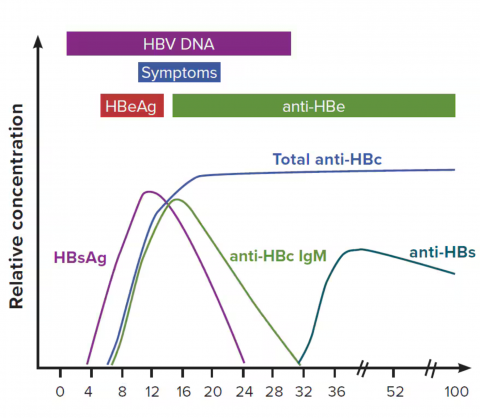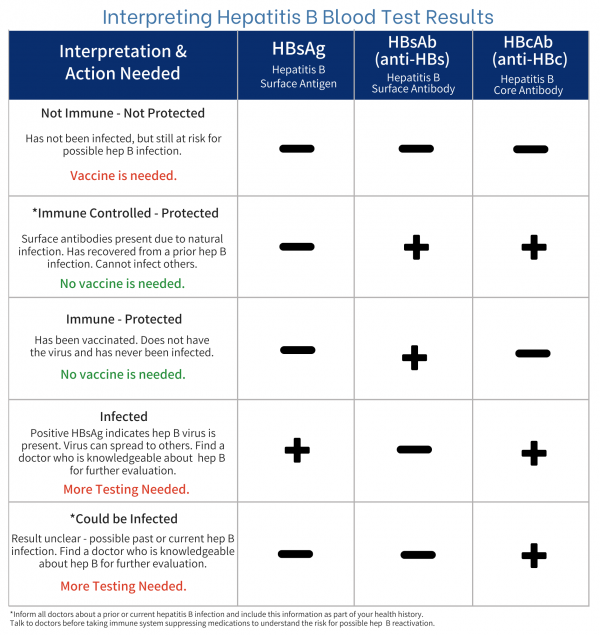Hepatitis B is a potentially serious liver infection caused by the hepatitis B virus (HBV). It can become chronic in some people, leading to long-term liver problems.
Causes of Hepatitis B
- Viral Infection: Caused by the hepatitis B virus (HBV).
- Transmission Modes:
- Parenteral: Through contaminated needles, syringes, or medical instruments.
- Sexual Contact: Especially unprotected sex with an infected partner.
- Perinatal Transmission: From an infected mother to her baby during childbirth.
- Blood Transfusions or Organ Transplants: Less common due to rigorous screening.
Diagnosis
- History
- Symptoms: Many are asymptomatic, but symptoms can include fatigue, jaundice, dark urine, fever, and abdominal pain.
- Risk Factors: Consider sexual history, drug use, occupational exposure (healthcare workers), travel history, and family history of hepatitis B.
- Vaccination History: Previous hepatitis B vaccinations.
- Physical Examination
- Jaundice: Yellowing of the skin and eyes.
- Hepatomegaly: Enlarged liver.
- Signs of Chronic Liver Disease: Spider angiomas, palmar erythema, ascites, and splenomegaly in advanced cases.
- Investigations
- Serologic Tests: To identify HBV antigens and antibodies. Includes
- HBsAg (surface antigen),
- anti-HBs (surface antibody),
- anti-HBc (core antibody),
- HBeAg (e antigen), and
- anti-HBe (e antibody).
- Liver Function Tests: Elevated ALT and AST levels.
- Viral Load Test (HBV DNA): To measure the amount of virus in the blood.
- Liver Ultrasound: For evaluating liver status in chronic HBV.
- Liver Biopsy: In selected cases for assessing the degree of liver damage.
- Serologic Tests: To identify HBV antigens and antibodies. Includes
Differential Diagnosis (DDx)
- Other Hepatitis Forms: Hepatitis A, C, D, and E.
- Alcoholic Liver Disease: History of alcohol abuse with similar symptoms.
- Non-Alcoholic Fatty Liver Disease (NAFLD): Especially in obese or diabetic patients.
- Autoimmune Hepatitis: Especially if other autoimmune markers are present.
- Drug-Induced Liver Injury: Use of hepatotoxic drugs.
Management of Hepatitis B
- Acute Hepatitis B:
- Supportive Care: Rest, adequate nutrition, and hydration.
- Monitoring: Regular follow-up to ensure resolution of infection and monitor for liver function.
- Avoidance of Alcohol and Hepatotoxic Medications: To reduce liver strain.
- Chronic Hepatitis B:
- Antiviral Therapy: Nucleos(t)ide analogues like tenofovir and entecavir to reduce viral replication and prevent liver damage.
- Regular Monitoring: For liver function, viral load, and signs of liver cirrhosis or cancer.
- Liver Biopsy or Non-Invasive Imaging: In certain cases to assess liver damage.
- Prevention:
- Vaccination: Universal vaccination is recommended.
- Screening of Pregnant Women: And treatment to prevent perinatal transmission.
- Safe Sexual Practices and Safe Injection Practices.
- Management of Complications:
- Cirrhosis: Diuretics for ascites, beta-blockers for varices, surveillance for hepatocellular carcinoma.
- Hepatocellular Carcinoma: Regular screening and appropriate oncological treatments.
- Ultrasound and AFP every 6 months
Conclusion
Management of hepatitis B requires a combination of regular medical monitoring, antiviral therapy for chronic cases, and supportive care. Public health measures including vaccination and safe practices are key in preventing HBV transmission. The goal of treatment in chronic cases is to prevent progression to cirrhosis and hepatocellular carcinoma.


